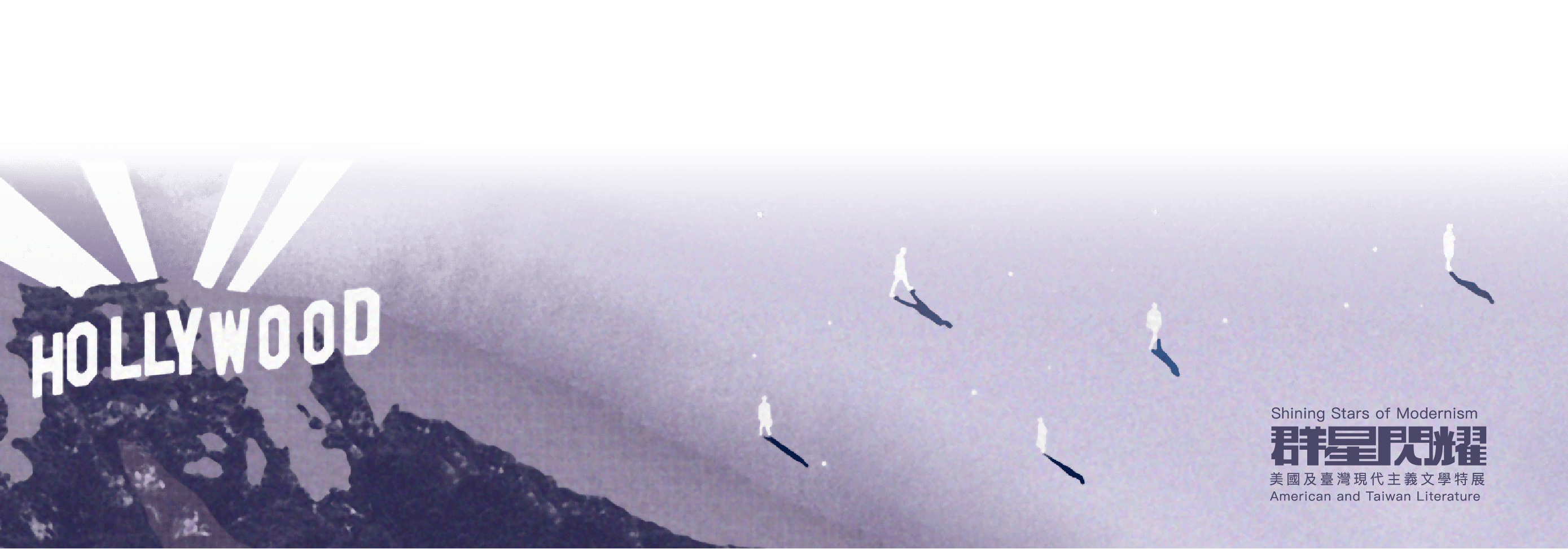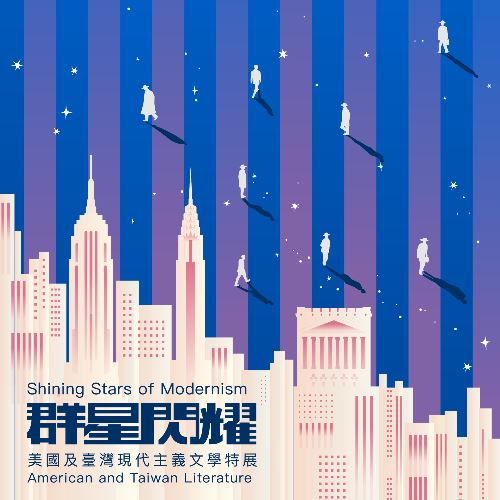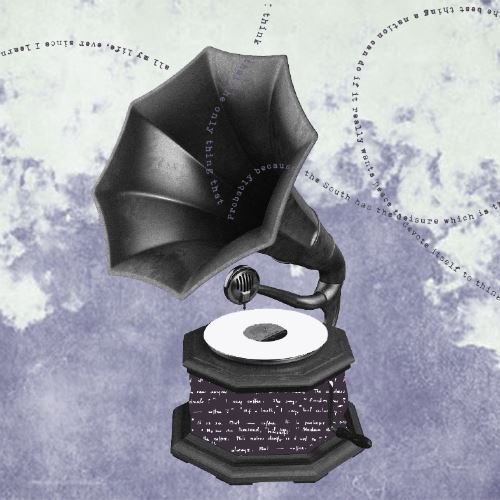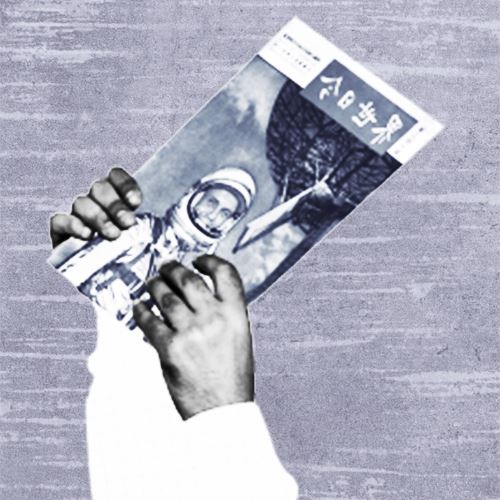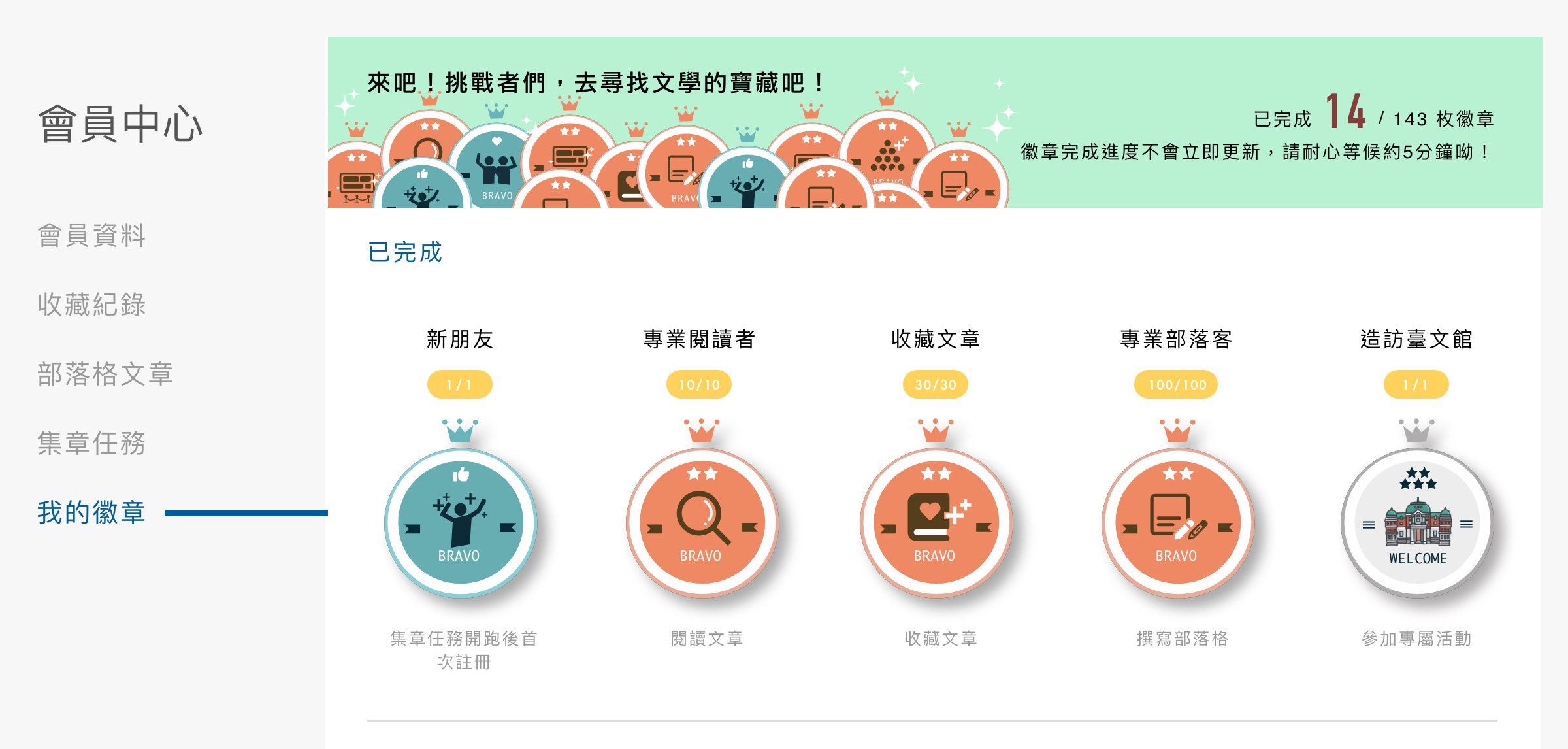✧ Onwards to Hollywood - The Curious Case of Fitzgerald and Faulkner ✧ The Honor of Literary Prestige
✧ The Jazz Age and Modernism ✧ Ernest Hemingway: Cheers! ✧
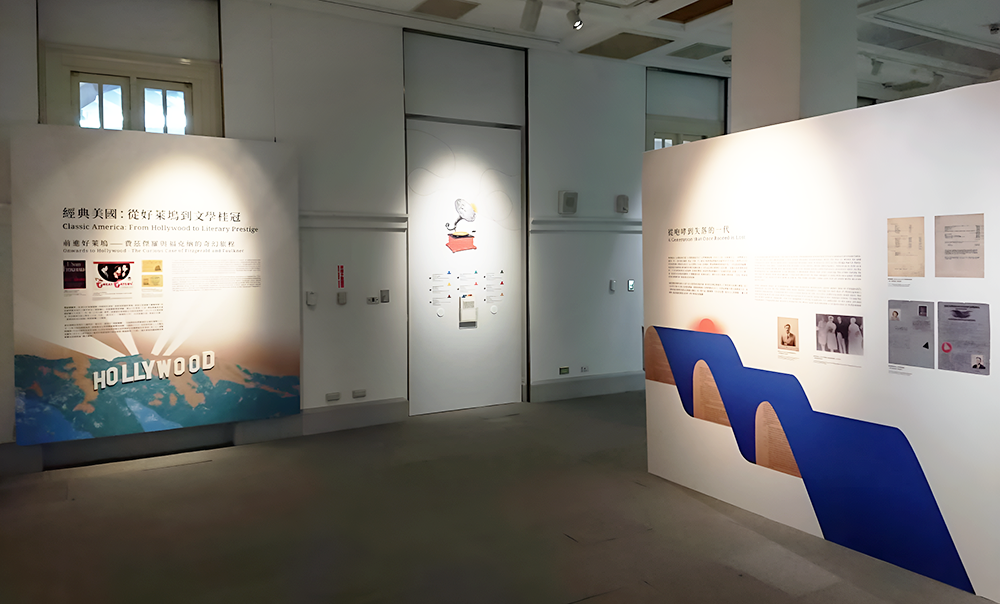
Onwards to Hollywood -
The Curious Case of Fitzgerald and Faulkner
F. Scott Fitzgerald made three attempts of varying lengths to pursue a career in Hollywood and ultimately passed away there. During the Great Depression, Hollywood became the place to make a living for many modernist writers like Fitzgerald. However, Fitzgerald's ties with Hollywood go even deeper: The Great Gatsby was adapted into films by Paramount Pictures three times, and a new adaptation was released in 2013. This frequency is considered rare in the history of literature. Tender Is the Night, The Last Tycoon, and the short stories "Babylon Revisited" and "The Curious Case of Benjamin Button" have also been adapted into movies.
career in Hollywood and ultimately passed away there. During the Great Depression, Hollywood became the place to make a living for many modernist writers like Fitzgerald. However, Fitzgerald's ties with Hollywood go even deeper: The Great Gatsby was adapted into films by Paramount Pictures three times, and a new adaptation was released in 2013. This frequency is considered rare in the history of literature. Tender Is the Night, The Last Tycoon, and the short stories "Babylon Revisited" and "The Curious Case of Benjamin Button" have also been adapted into movies.
Like many American modernist writers of his time, William Faulkner was also a screenwriter. This was the result of his generosity to family members and friends and his own extravagant spending habits. Though the royalties from his novels rose with his literary fame, Faulkner often found himself in dire financial straits. As such, he was hired by studios including MGM, 20th Century Fox, and Warner Bros. to go to Hollywood. Faulkner wrote 20 movie scripts, many of which would become classics, such as the adaptation of hard-boiled detective fiction writer Raymond Chandler's The Big Sleep and Hemingway's To Have and Have Not.
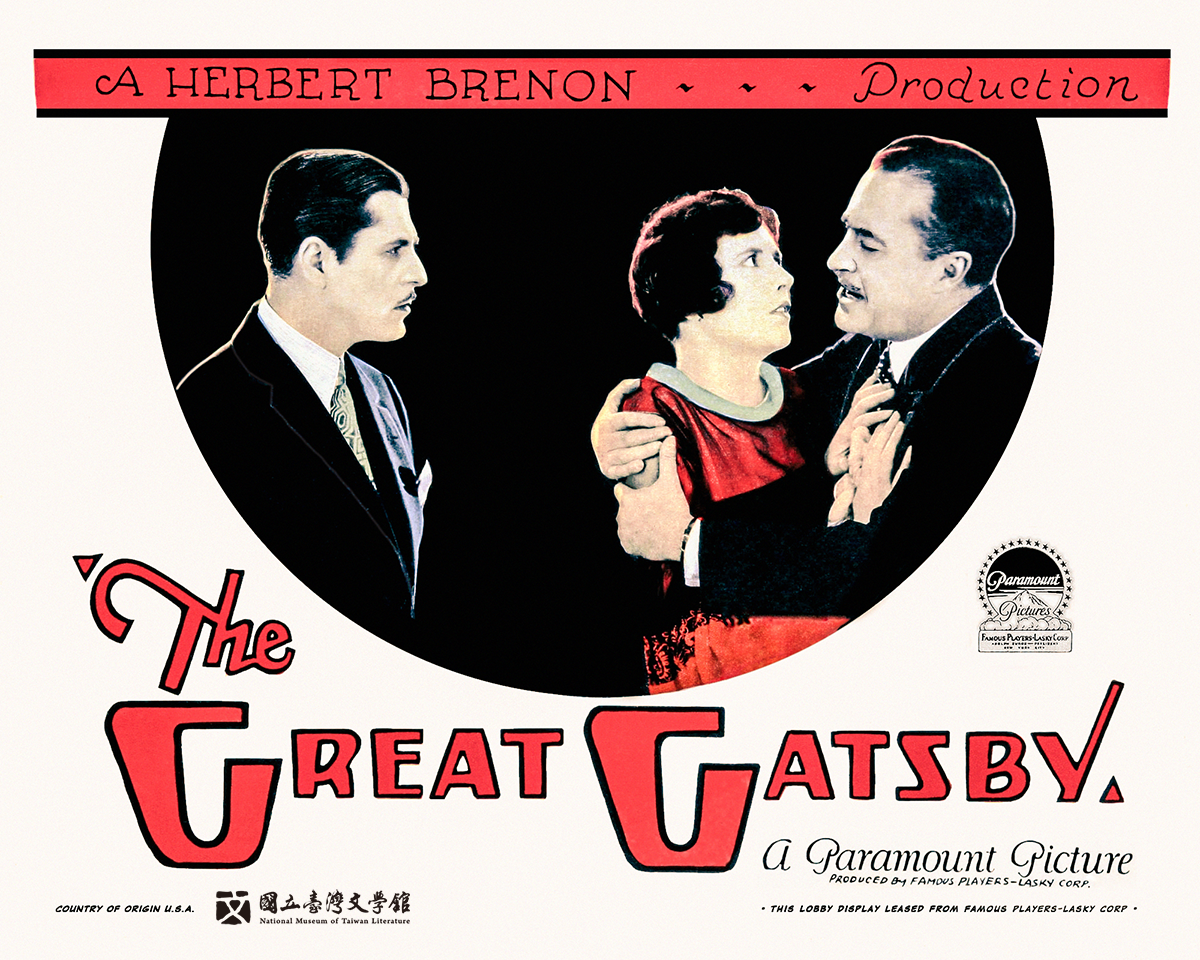
◪ The movie poster of The Great Gatsby, 1926
It was the first film adaptation of the 1925 novel of the same name by F. Scott Fitzgerald. The silent drama film was directed by Herbert Brenon, produced by Famous Players–Lasky, and distributed by Paramount Pictures.
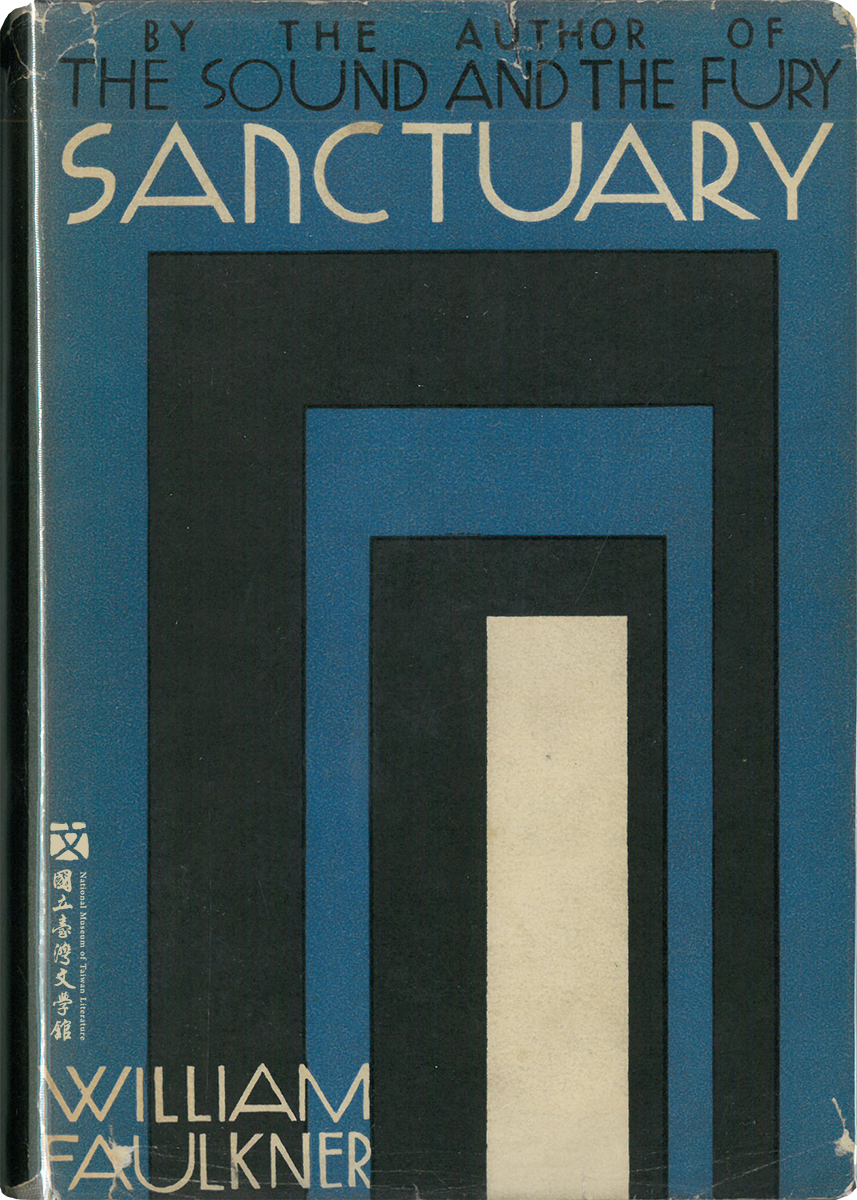
◪ Sanctuary by William Faulkner, 1931
Faulkner's 1931 novel and his first commercial success and breakthrough. The story is set in the Prohibition era of the US and challenges many taboos of the society at that time, depicting how a well-bred college girl got corrupted after being raped. Originally it was rejected by Faulkner's publisher. Though Faulkner was reputed to have thought of Sanctuary as his potboiler, a work written to make money, but many critics have contended that it deserves positive reviews.
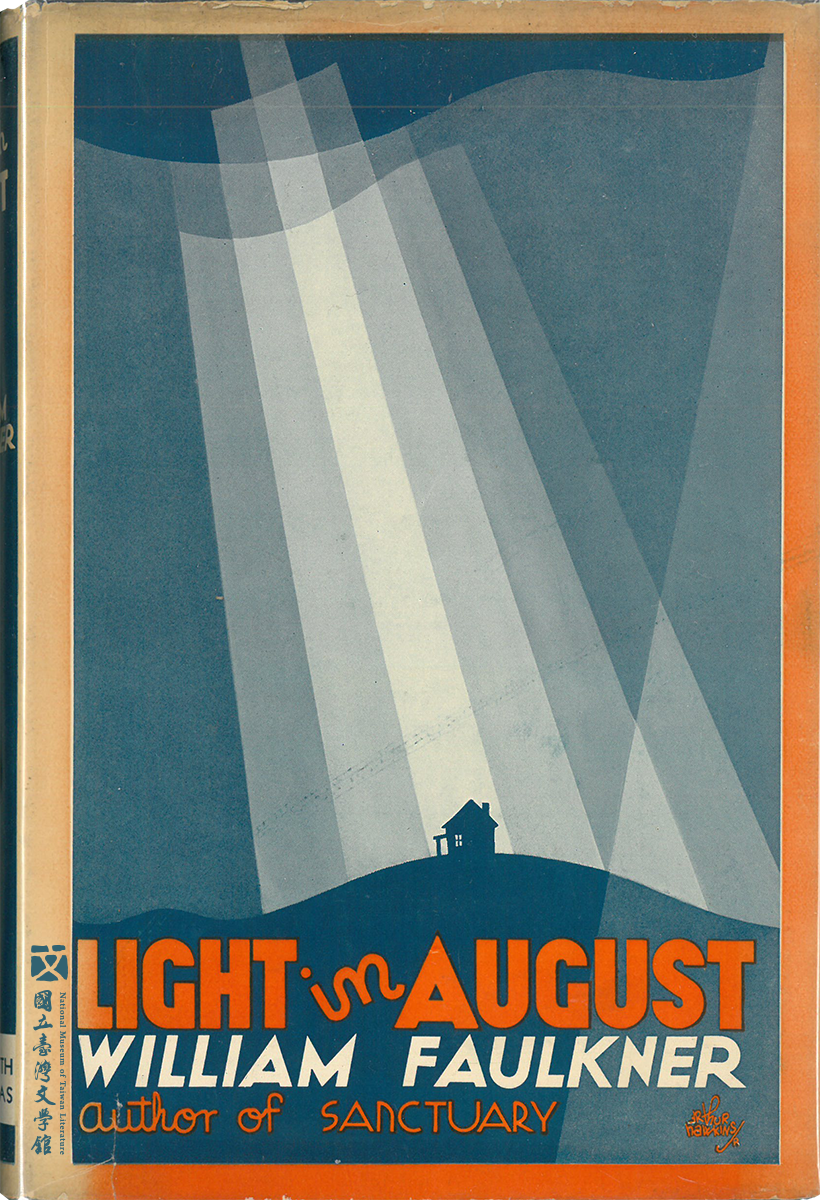
◪ Light in August by William Faulkner, 1932
The topics of the story include the brutality of racism and the rigidity of social classifications in the American South in the fictional Yoknapatawpha County. Though not a best-selling novel, 3 years after its publication, Light in August was translated in the same year into both French and German, showing his emerging literary reputation abroad.
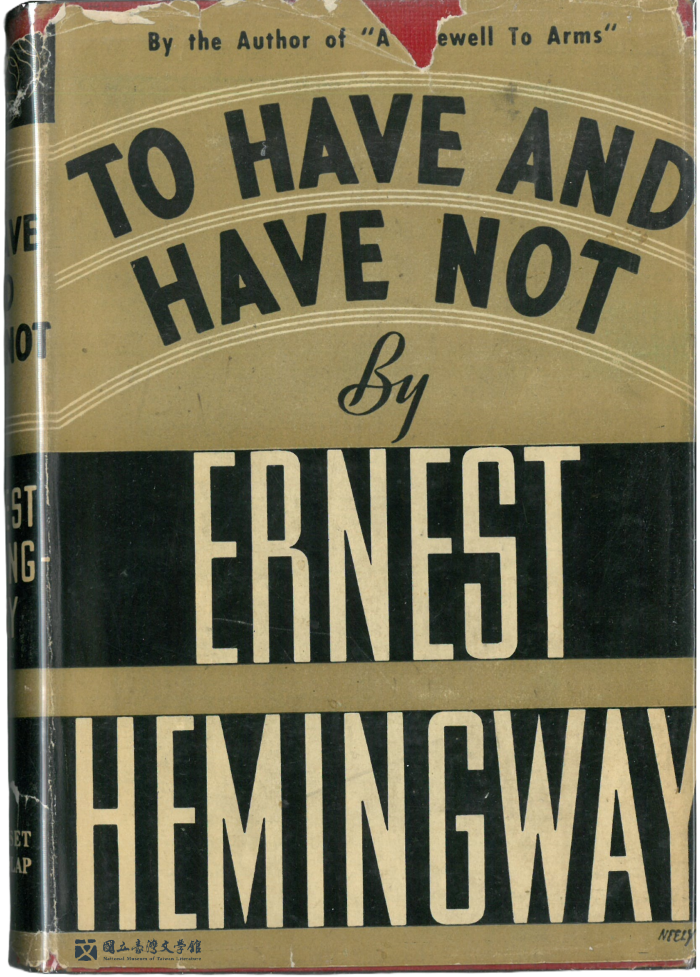
◪ To Have and Have Not by Ernest Hemingway,1937
The book follows Harry Morgan, a fishing boat captain out of Key West, Florida. The novel was not one of Hemingway's best works, but after Faulkner's adaptation, it became a classic film in Hollywood history.

◪ The Big Sleep by Raymond Chandler,1939
A hardboiled crime novel by Raymond Chandler, It has been adapted for film twice, in 1946 and in 1978. As for Fitzgerald and Faulkner, though they were forced to make a living in Hollywood during the Great Depression, the results were some accidental achievements: Faulkner worked in Hollywood as a screenwriter for 20 years and worked on 17 film scripts, leaving behind famous pieces, such as the film adaptation of Raymond Chandler's The Big Sleep and Hemingway's To Have and Have Not.
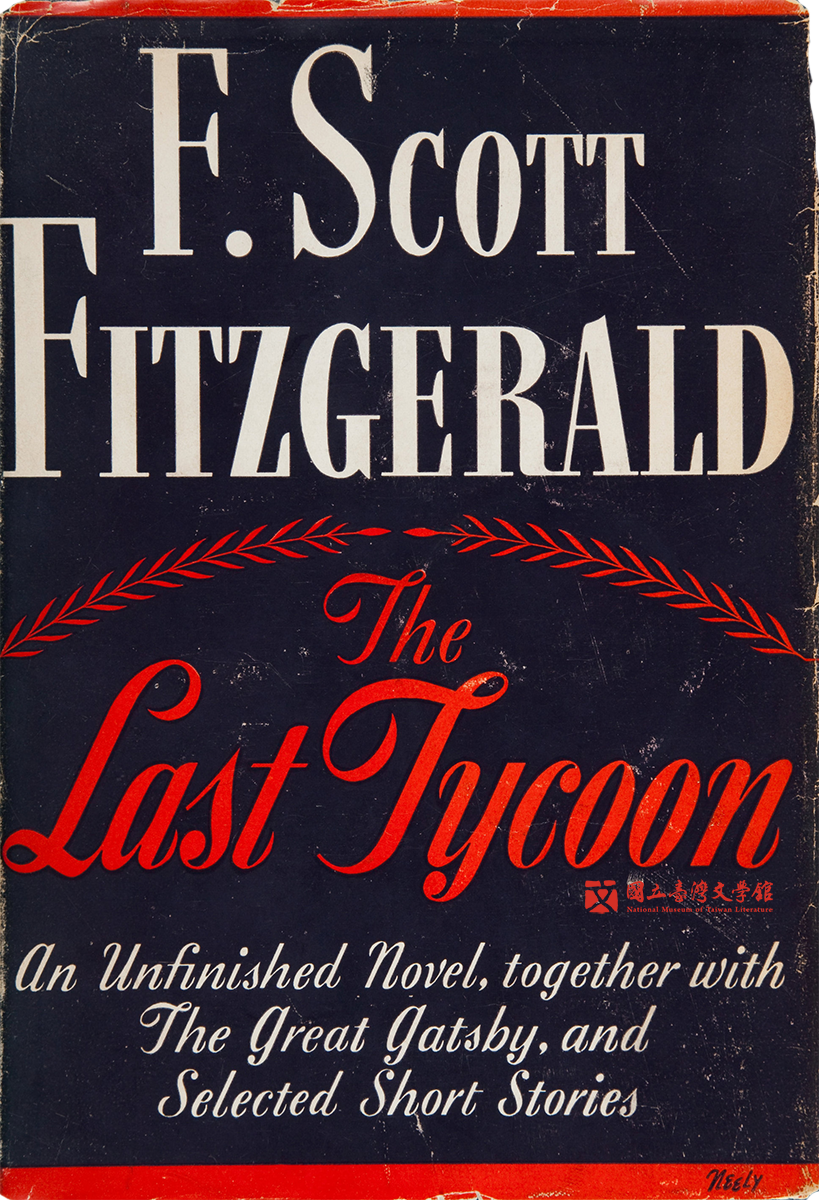
◪ First-edition cover of The Last Tycoon,1941
F. Scott Fitzgerald's unfinished, posthumously published novel.

◪ William Faulkner's ID Card
William Faulkner's 1942 Warner Brothers Identification card from his days working as a screenwriter in Hollywood.(Courtesy of University of Virginia, William Faulkner Foundation Collection.)
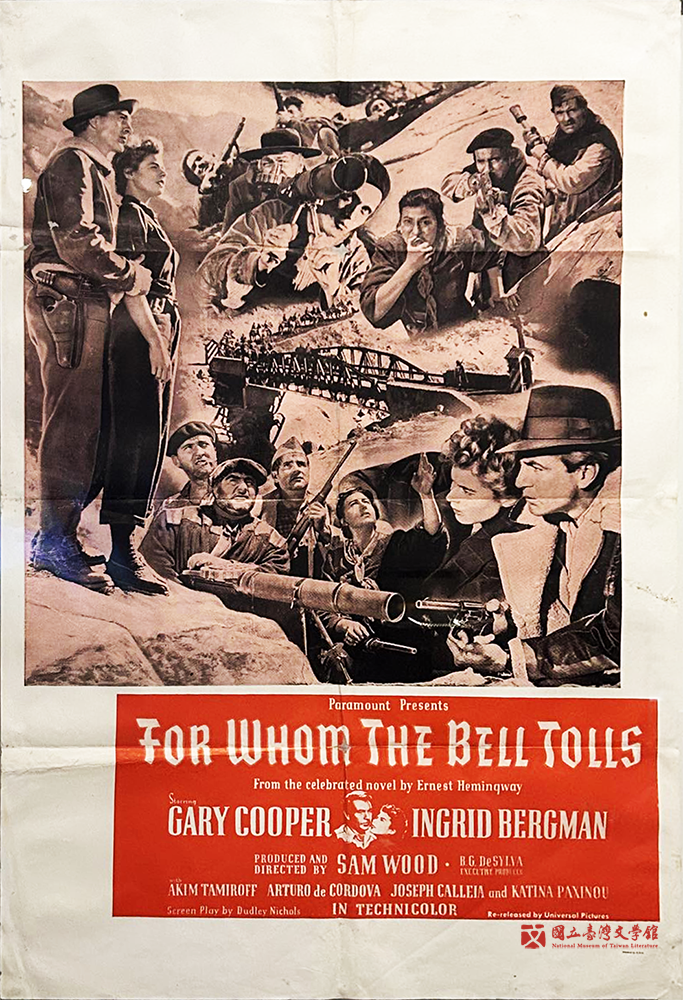
◪ For Whom the Bell Tolls Movie Poster,1943
One of Hemingway's best-selling works, It was made into a movie directed by famous director Sam Wood, starring Hollywood superstars Gary Cooper and Ingrid Bergman, and would become a classic of Hollywood.
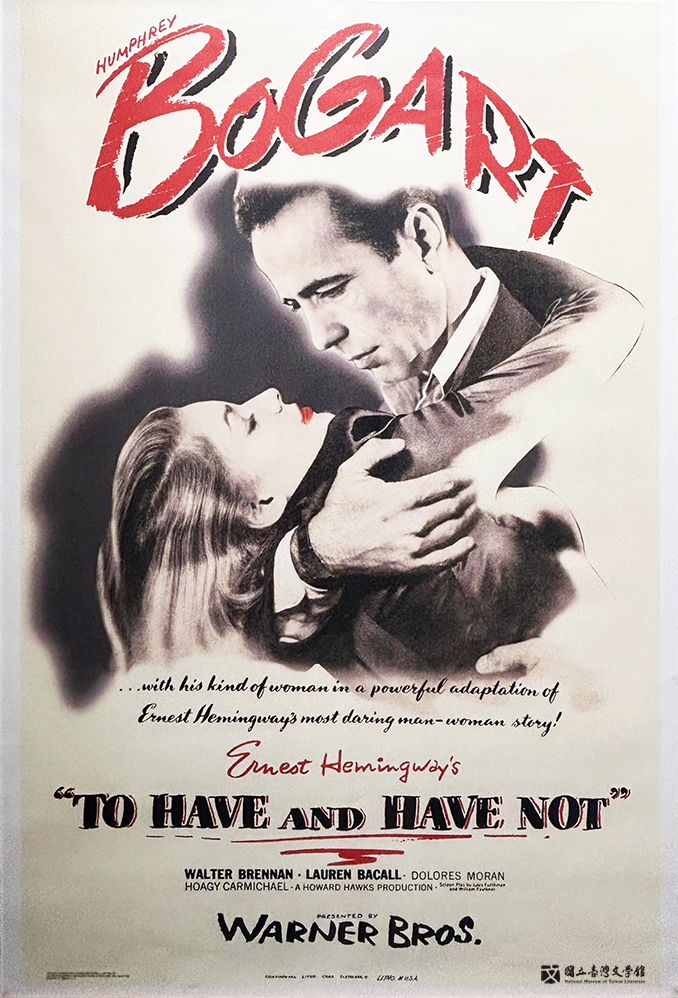
◪ To Have and Have Not Movie Poster,1944
The movie is based on Hemingway's novel which was a script written by Faulkner, it is generally a mediocre work of Hemingway but after Faulkner's work of adaptation, it became one of the classics in the history of Hollywood. This was largely due to the on-screen chemistry of the leading roles played by Humphrey Bogart and Lauren Bacall.
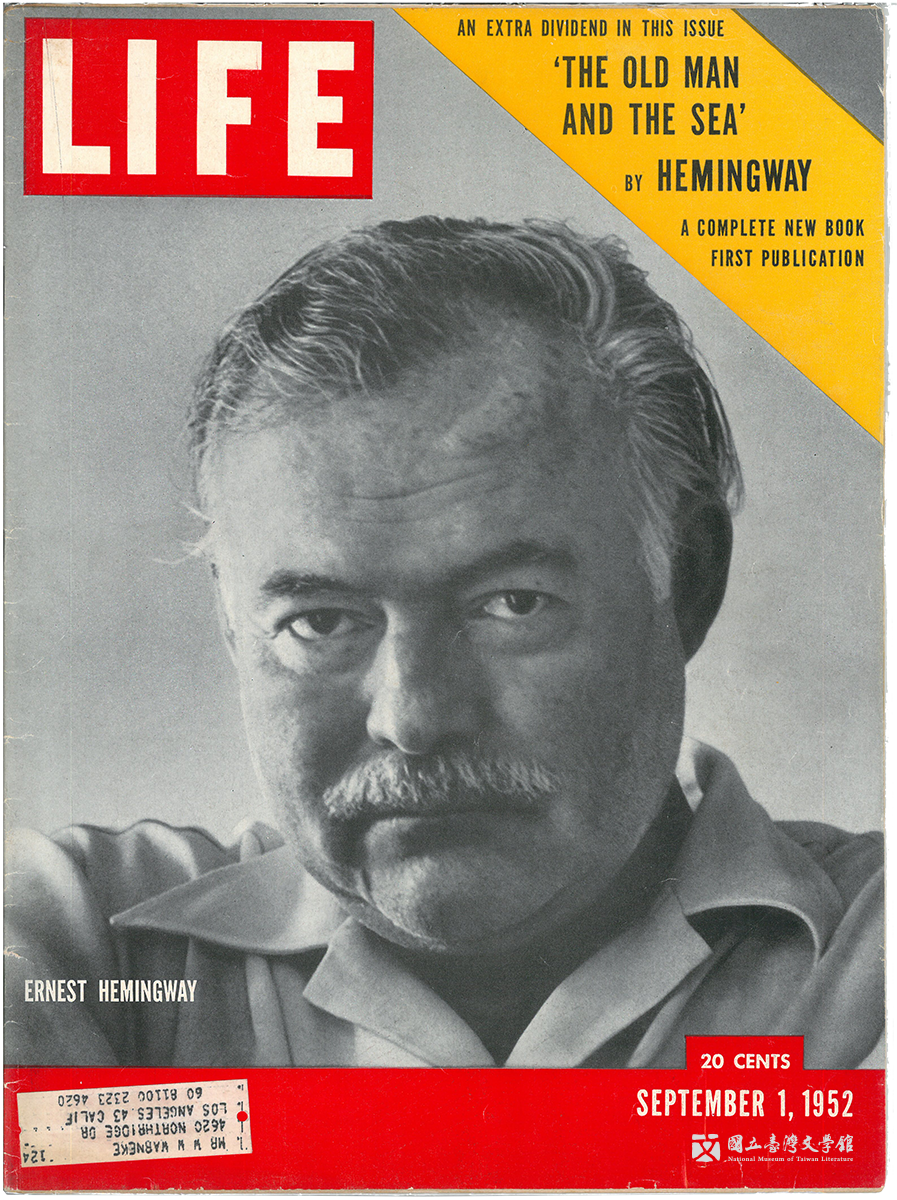
◪ The Old Man and the Sea published in Life magazine, 1952
Before the publication of The Old Man and the Sea, it took Life magazine 40,000 dollars to buy the right to publish it in advance on September 1st, 1952. In just two days, a total of 5 million copies of Life magazine were sold.
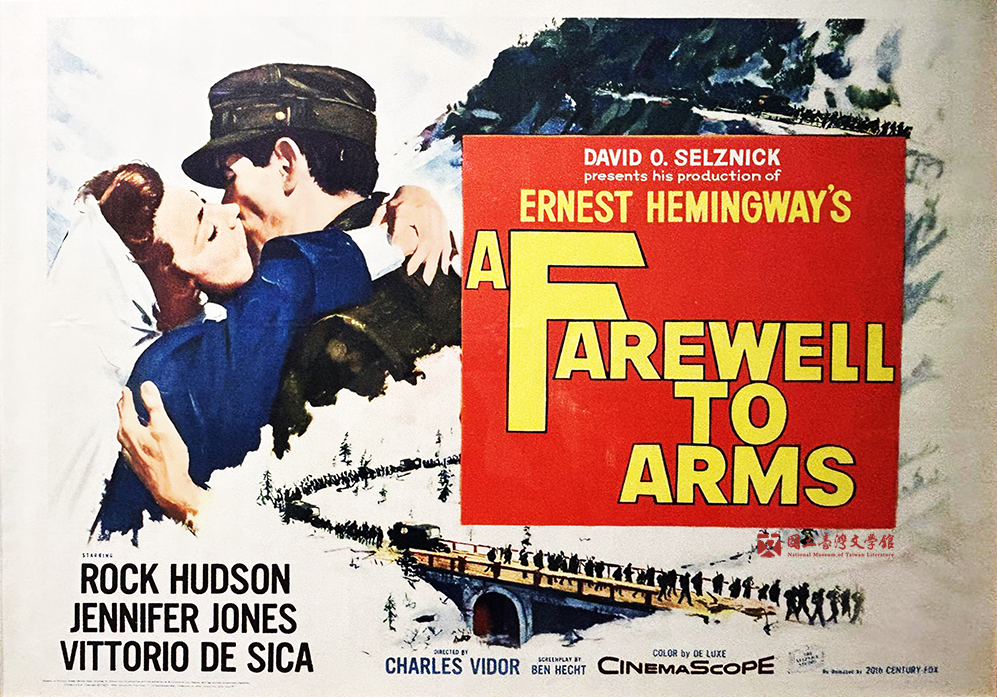
◪ A Farewell to Arms Movie Poster,1957
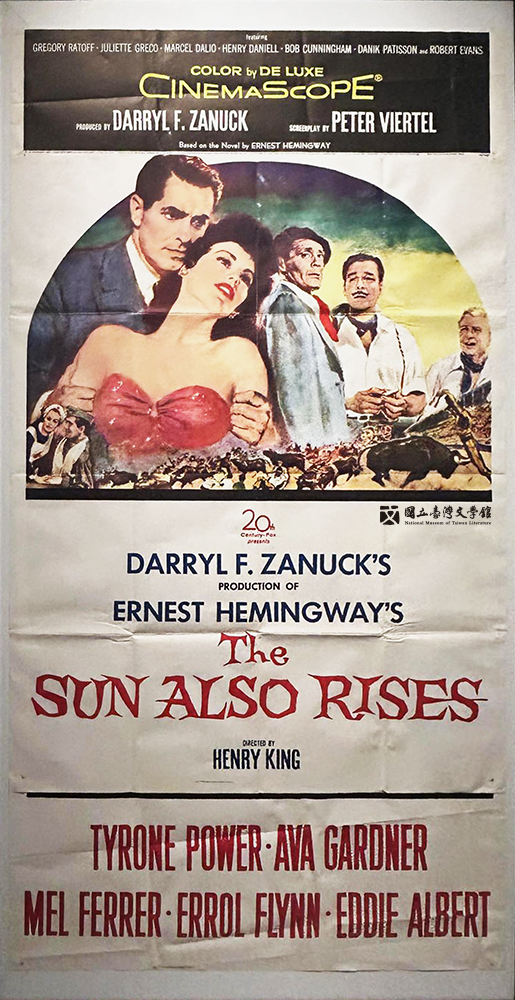
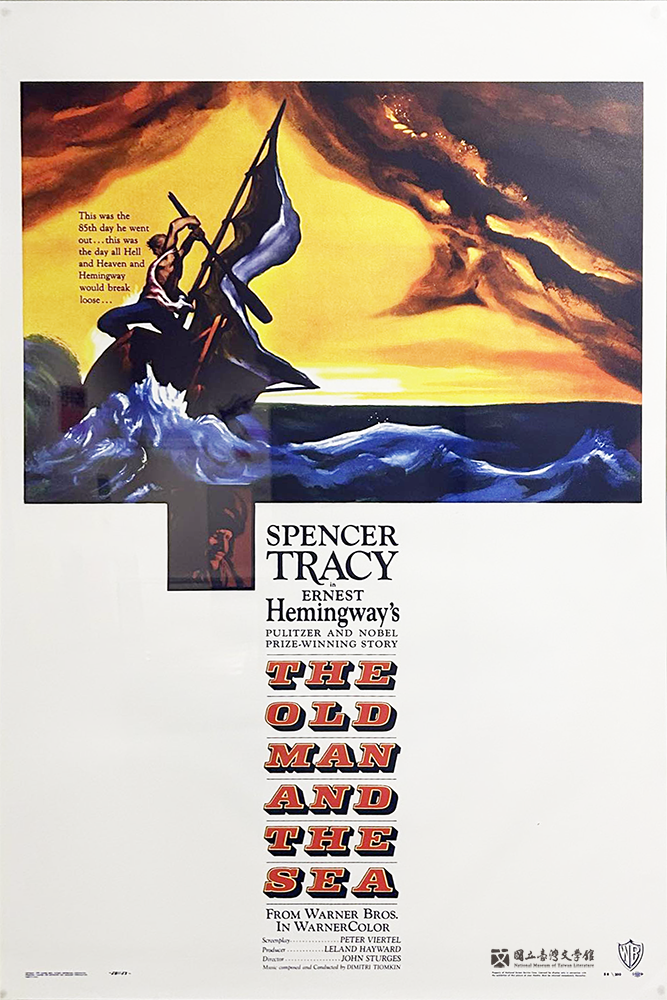
◪ The Sun Also Rises Movie Poster, 1957 / The Old Man and the Sea Movie Poster,1958
One of these in common with these films is that they have all been directed by Henry King. Many of Hemingway's stories were made into movies, but he seldom participated in script writing or production. This movie, however, is an exception, for he was hired by the production team as a consultant, and even went to offshore waters of Peru to shoot the marlin-catching scenes.
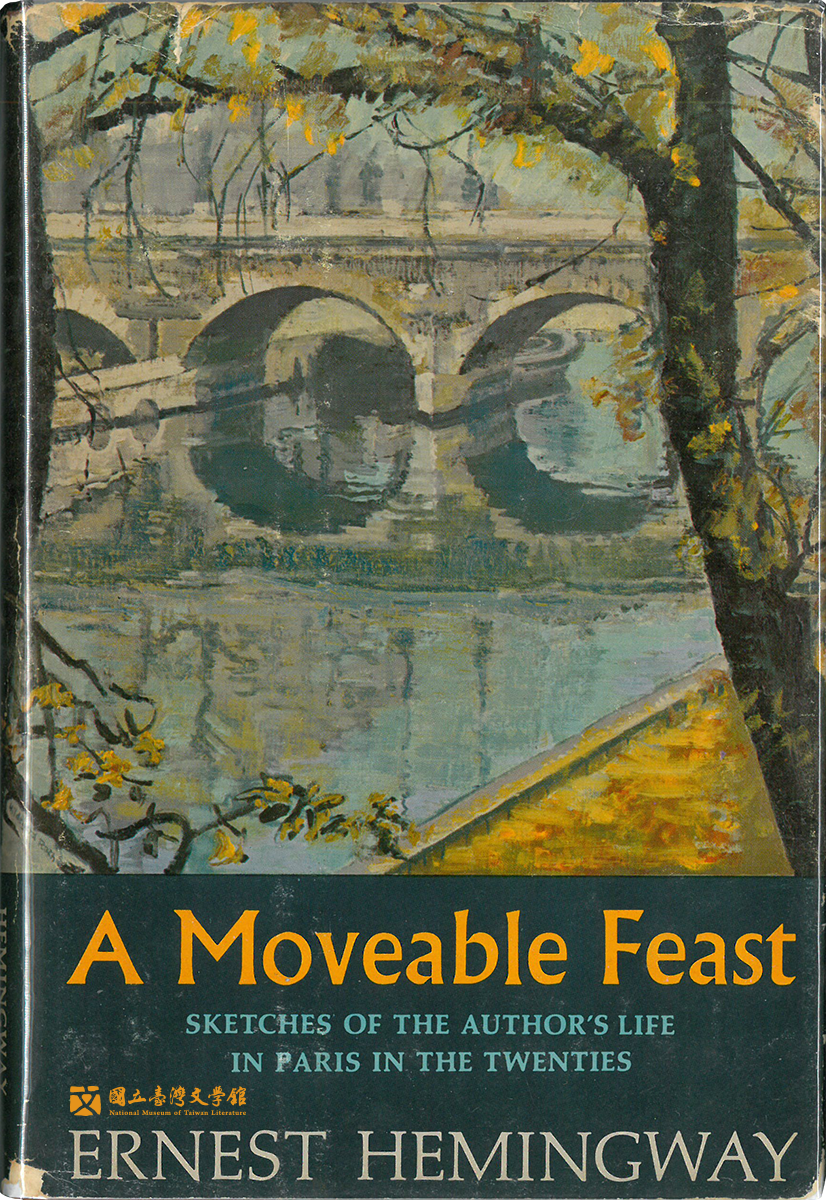
◪ A Moveable Feast by Ernest Hemingway,1964
Edited by Hemingway's fourth wife Mary, the book is his memoir about his earliest life and literary career in Paris, and was published posthumously. "

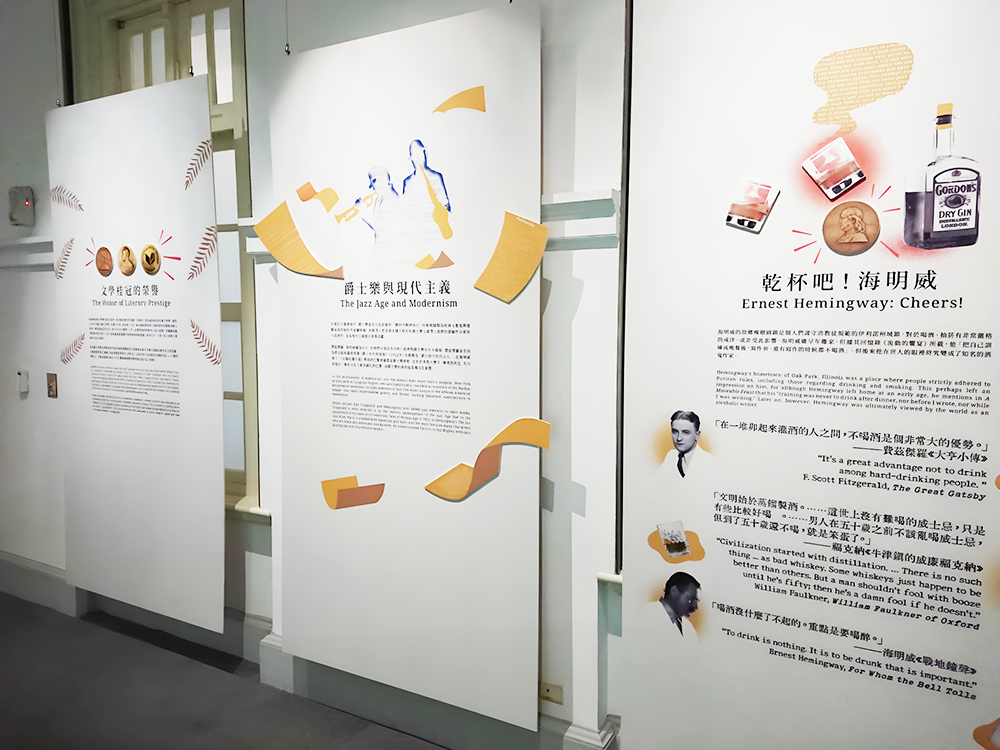
The Honor of Literary Prestige
Based on literary awards alone, William Faulkner has won the most well-known Nobel Prize in Literature (Awarded in 1949, Faulkner was the fourth American writer to earn this award after Sinclair Lewis, Eugene O'Neill, and Pearl S. Buck. Ernest Hemingway would be the fifth, winning the award in 1954). Faulkner also received the prestigious Pulitzer Prize for Fiction twice, and the National Book Award twice. In this aspect, Faulkner undoubtedly surpasses both Hemingway and Fitzgerald (the former only winning the Pulitzer Prize for Fiction once for The Old Man and the Sea).
When awarded the Nobel Prize in Literature, Faulkner's literary artistry was praised as an extremely powerful contribution to modern American fiction. This accolade is nothing short of deserved, as Faulkner always insisted on his beliefs and seldom compromised his works for the sake of popularity. The only exception was Sanctuary, a story about a raped and then corrupted Southern college girl.
The Jazz Age and Modernism
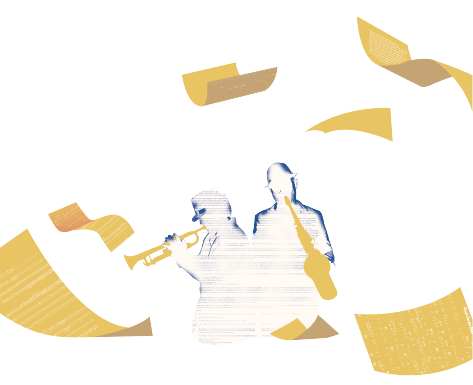 In the development of modernism, jazz has always been more than a zeitgeist. New York writers such as Langston Hughes, who are traditionally classified as members of the Harlem Renaissance movement, brought elements of jazz, the music unique to the African American people, into their experimental poetry and fiction, making important contributions to modernism.
In the development of modernism, jazz has always been more than a zeitgeist. New York writers such as Langston Hughes, who are traditionally classified as members of the Harlem Renaissance movement, brought elements of jazz, the music unique to the African American people, into their experimental poetry and fiction, making important contributions to modernism.
White writers like Fitzgerald and Hemingway also added jazz elements to their works. Fitzgerald is even referred to as the literary spokesperson of the Jazz Age due to the publication of his short story collection Tales of the Jazz Age in 1922. In Hemingway's The Sun Also Rises, Paris is studded with American jazz bars, and the story features many characters who are black jazz musicians and dancers. An Americanized Paris is in full display, with jazz playing the role of a cultural symbol.
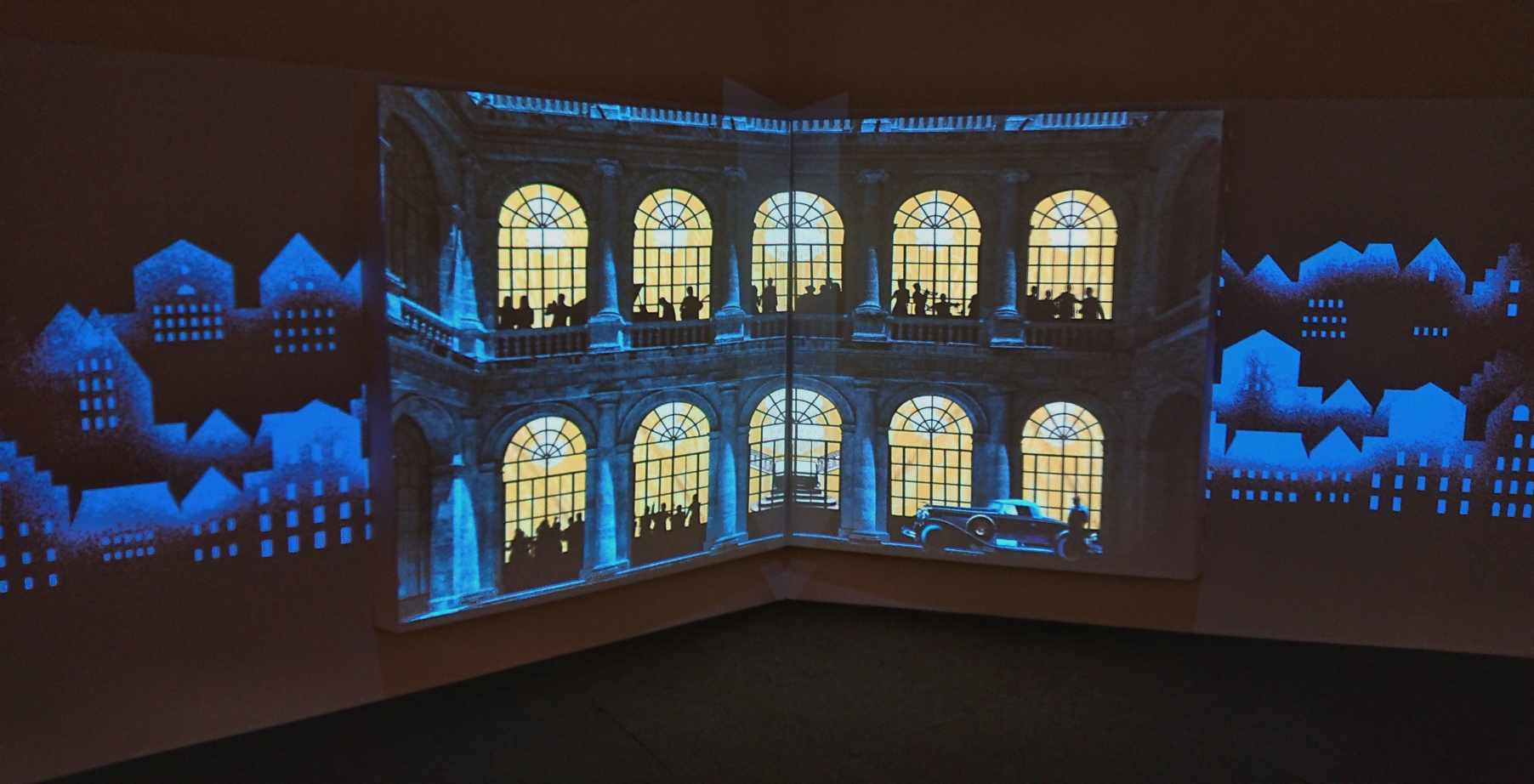
Ernest Hemingway: Cheers!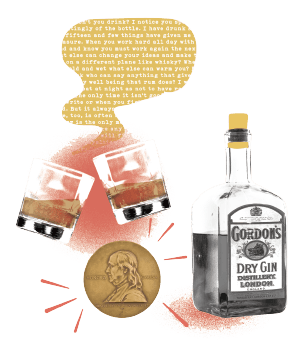
Hemingway's hometown of Oak Park, Illinois was a place where people strictly adhered to Puritan rules, including those regarding drinking and smoking. This perhaps left an impression on him, for although Hemingway left home at an early age, he mentions in A Moveable Feast that his "training was never to drink after dinner, nor before I wrote, nor while I was writing." Later on, however, Hemingway was ultimately viewed by the world as an alcoholic writer.
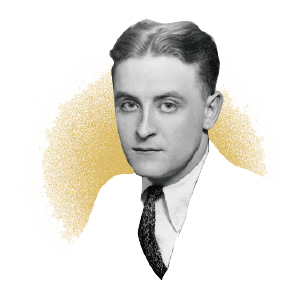
It's a great advantage not to drink among hard-drinking people.
—— F. Scott Fitzgerald, The Great Gatsby
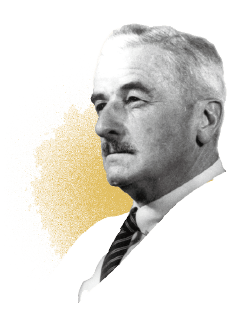
Civilization started with distillation. … There is no such thing ... as bad whiskey. Some whiskeys just happen to be better than others. But a man shouldn't fool with booze until he's fifty; then he's a damn fool if he doesn't.
—— William Faulkner, William Faulkner of Oxford
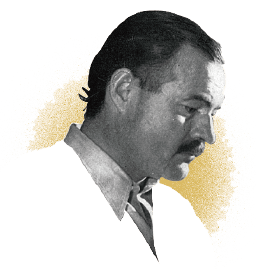
To drink is nothing. It is to be drunk that is important.
—— Ernest Hemingway, For Whom the Bell Tolls
